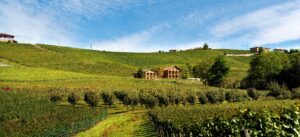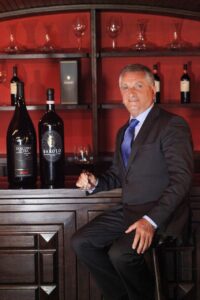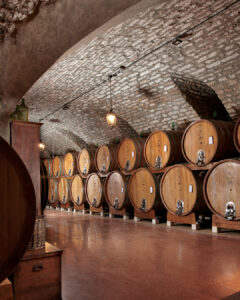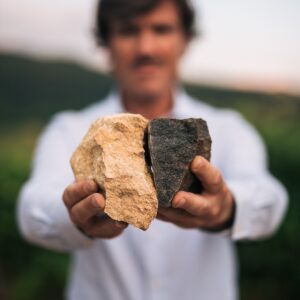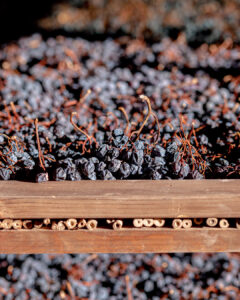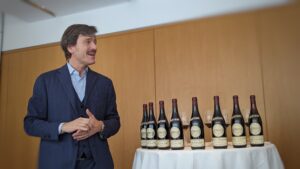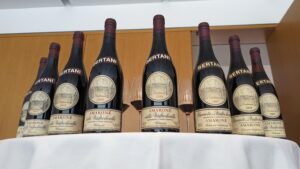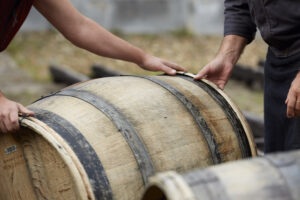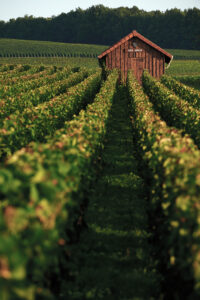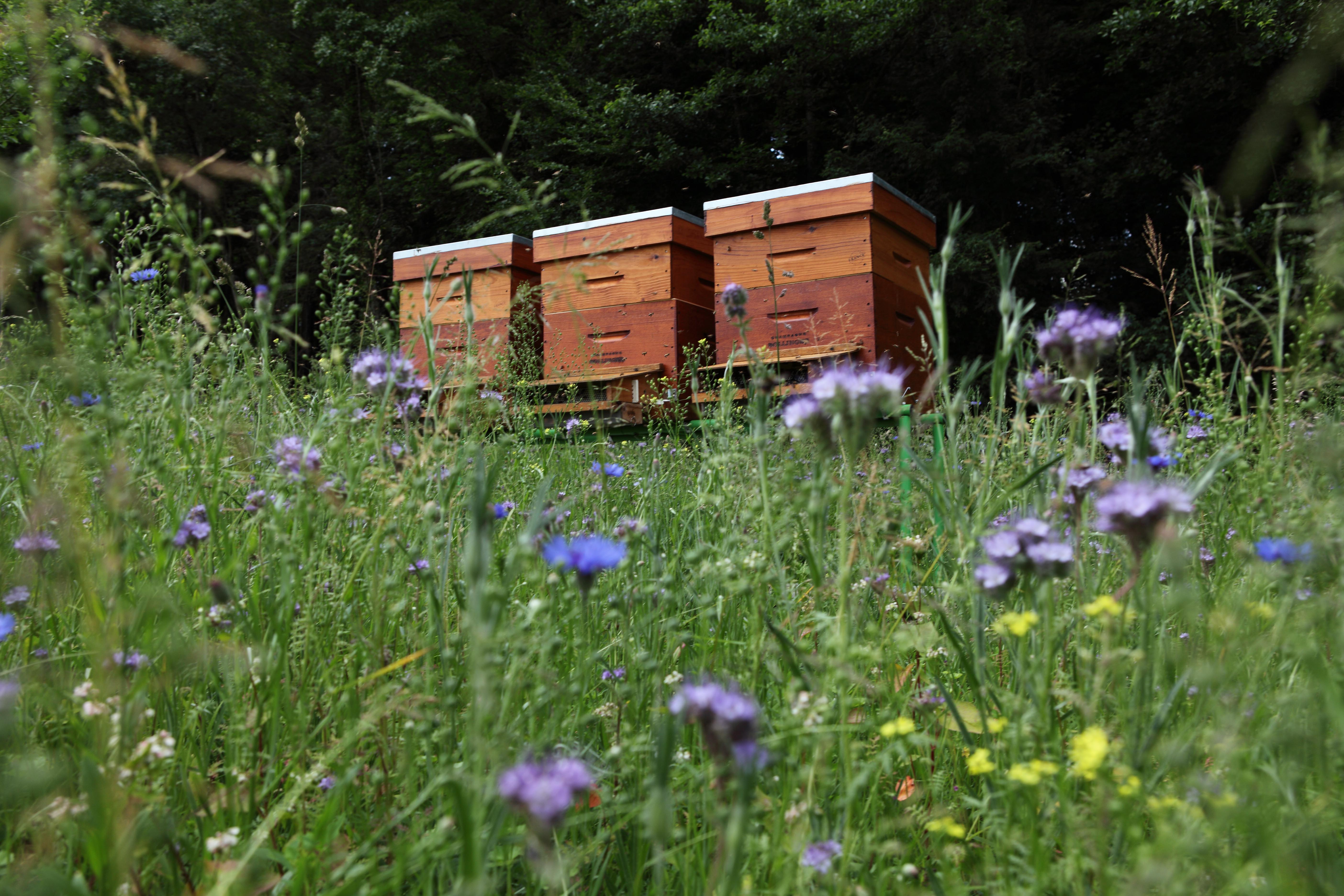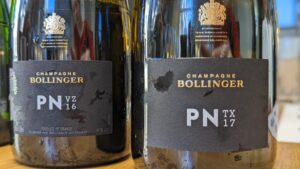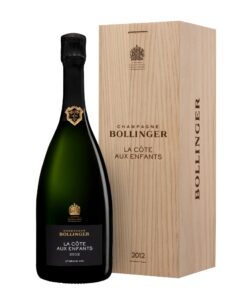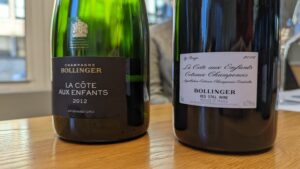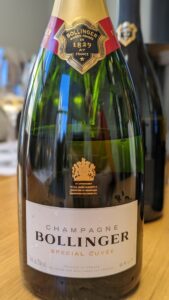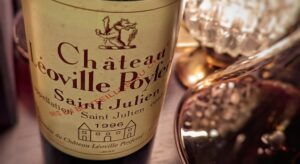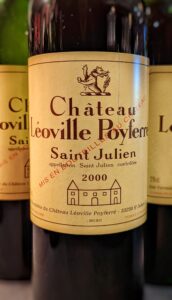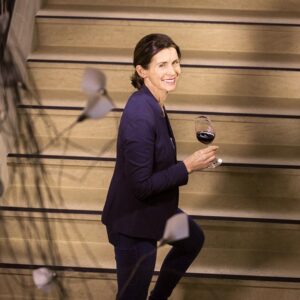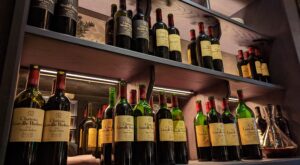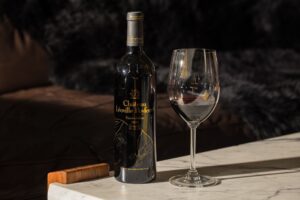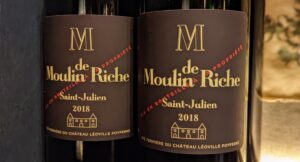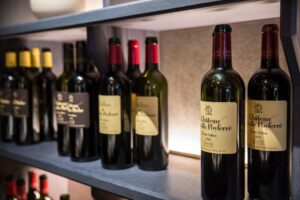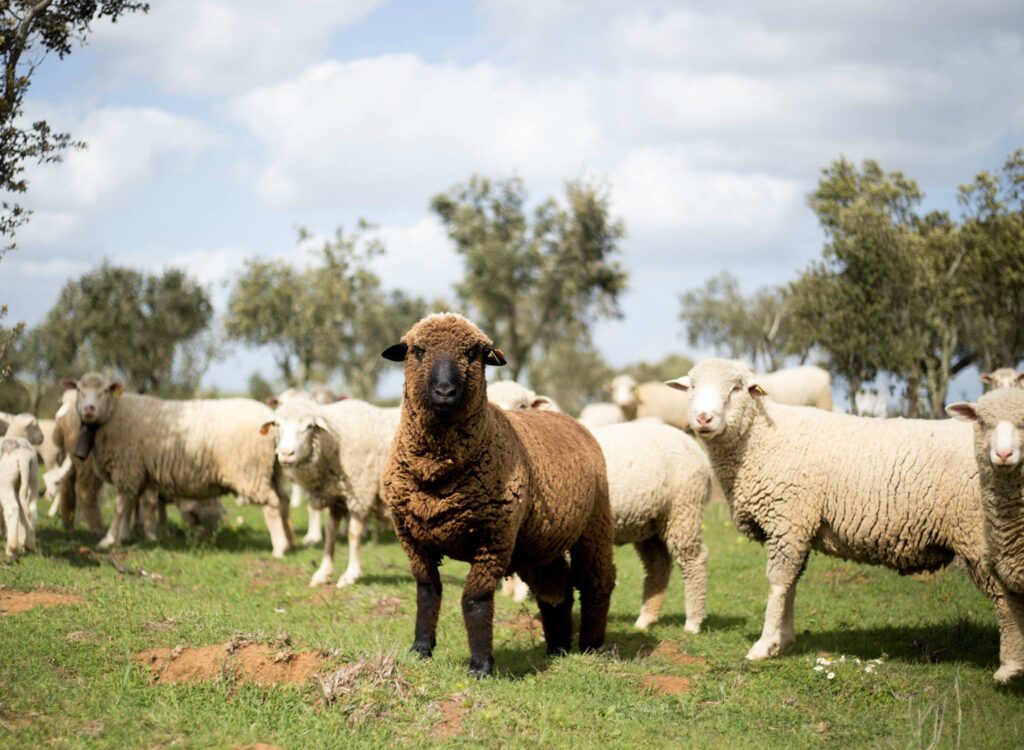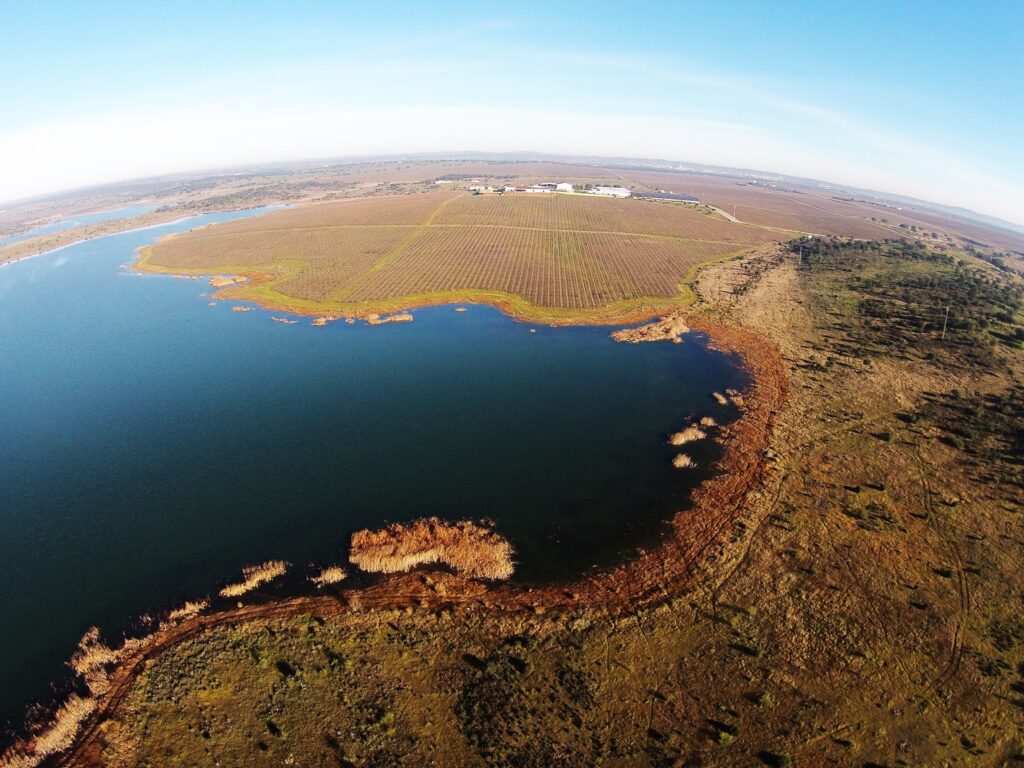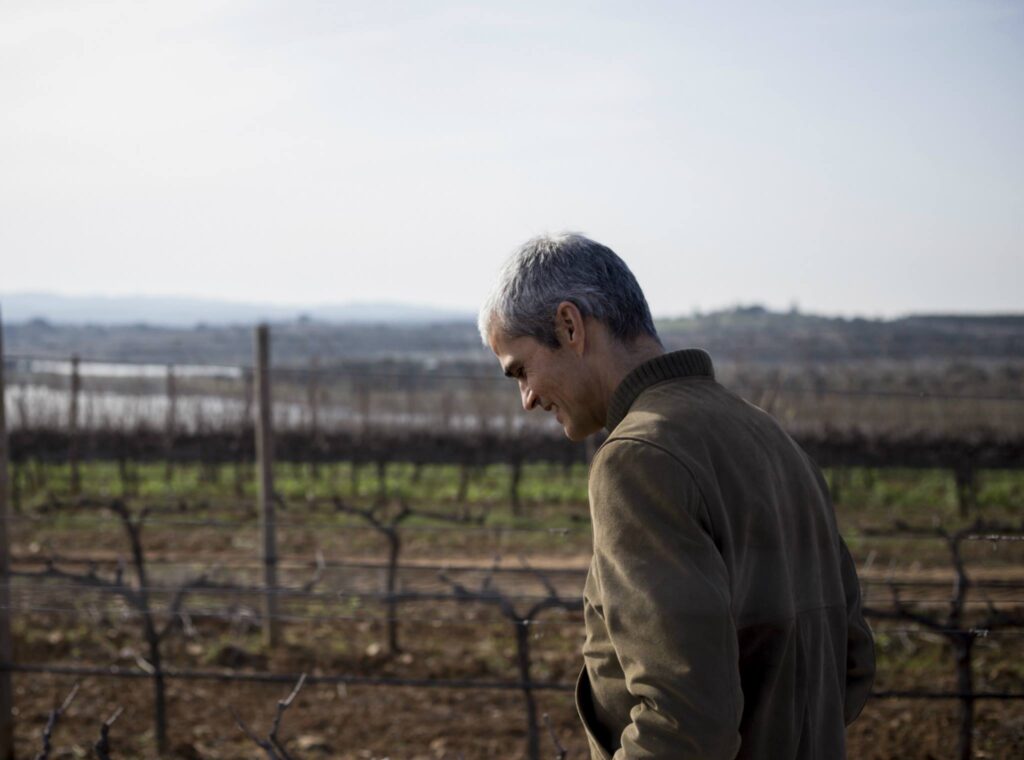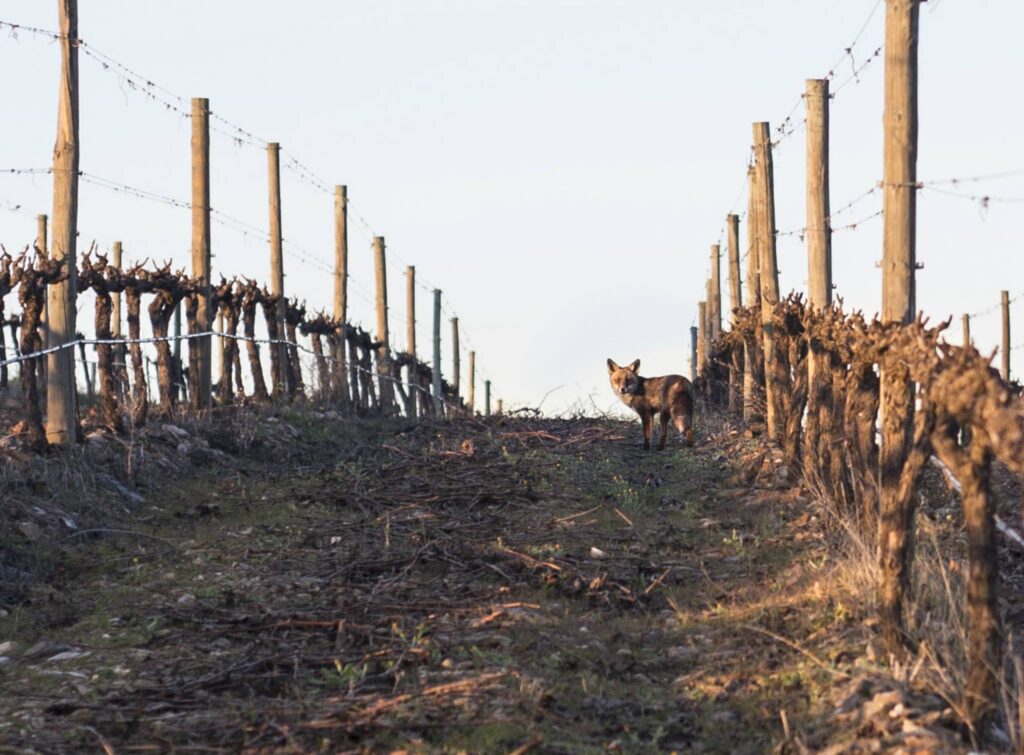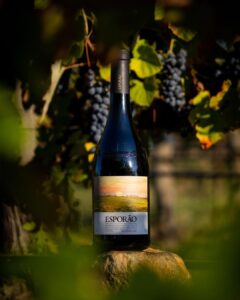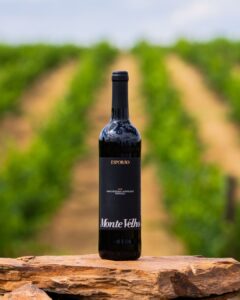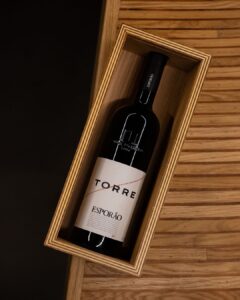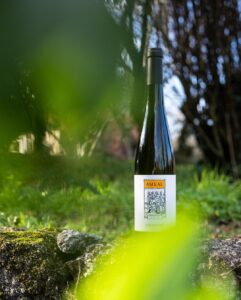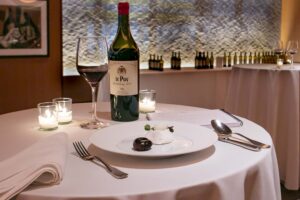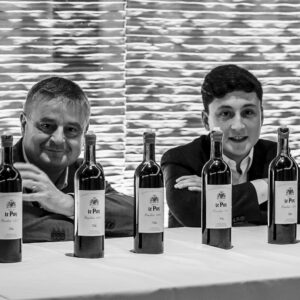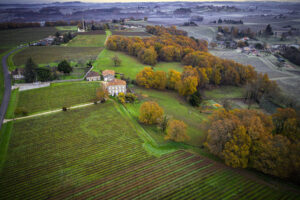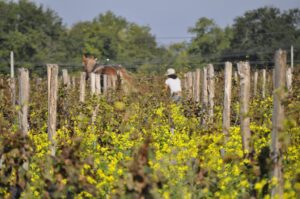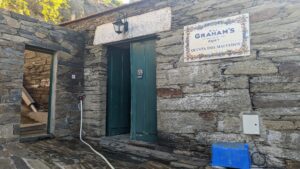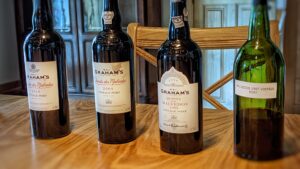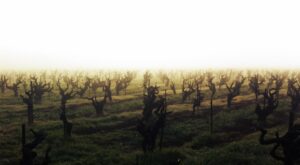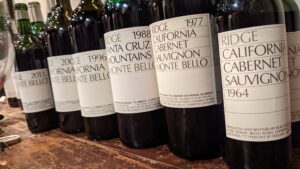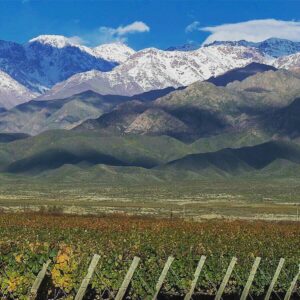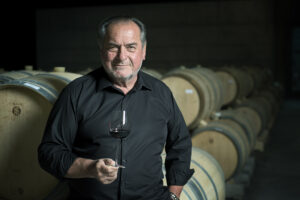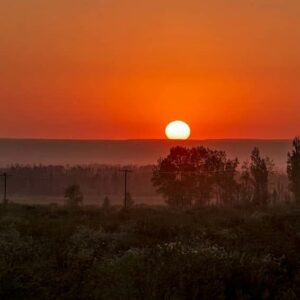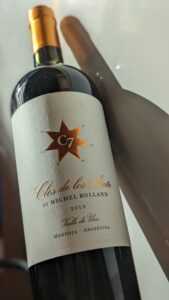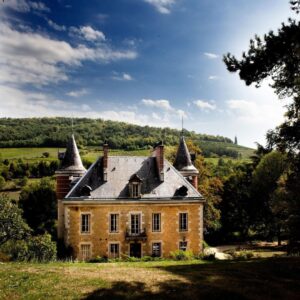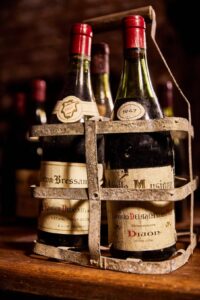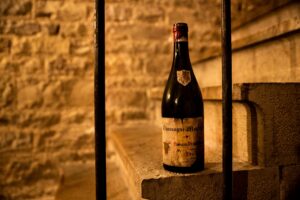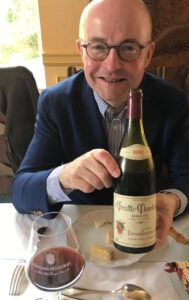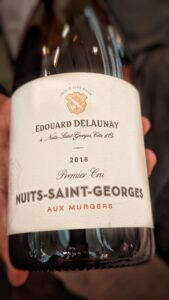As a group of people were led by a very enthusiastic dog, they were sometimes distracted by the diverse natural beauty of their surroundings – gentle slopes that were accented by a range of colorful autumn trees one minute and the next minute, a swath of flat grassy land that would lead to rocky ravines. From the viewpoint of onlookers, it was just a bunch of people going for a fast-paced walk with an adorable Lagotto dog that seemed like a living stuffed animal with its abundant curly, wool-ish coat. Even though some dog owners passed the Lagotto dog with their own dogs, she wasn’t dissuaded from her mission as her owner gave her an important task. Truffles, she was searching for truffles! In New York City’s Central Park of all places!
Tony May, a famous New York City restaurateur and fierce promoter of authentic Italian cuisine was behind these truffle hunts in the 1990s. His elegant Italian restaurant, San Domenico, located across the street from Central Park, opened in 1988 to rave reviews and one of the main signatures of his establishment was using top-quality truffles from Piedmont, Italy, in various dishes. Fiorenzo Dogliani, the family owner of Beni di Batasiolo – a winery in Piedmont, Italy, reminisced about the good ol’ days as he had lunch at Marea, a fantastic Italian fine dining restaurant that eventually took over the space where San Domenico used to be located. Fiorenzo expressed a warm laugh of delight as he talked about all those glorious truffles Tony would bring in – 110 to 132 lbs of truffle at a time. “There was somebody who took a flight every day to go to Milan to buy truffles [for Tony during truffle season],” exclaimed Fiorenzo. And he further noted that “one kilo” of white truffles, which is the equivalent of 2.2 pounds, can be worth “$8,000”.
Truffles and Barolo
Truffles grow wild in the forests of the Langhe province of Piedmont and they can typically be found underground near the roots of trees. A great deal of training goes into educating the right dog to become a truffle dog as the animal needs to be able to find these truffles underground by sniffing them out while at the same time refraining from trying to eat them. The Lagotto Romagnolo (a.k.a. Lagotto) is the dog of choice in Italy for finding truffles, with females preferred as often they have a better-developed sense of smell.
Fiorenzo Dogliani and his family certainly know the great expression of terroir these beautiful truffles add to a dish as they are the largest family-owned winery in the Langhe, with most of their vineyards planted with Nebbiolo in the distinguished wine area of Barolo. And so, the Dogliani family has truffle as well as Barolo in their blood, and like so many others, considers Barolo and truffles to be one of the most incredible pairings in the world.
Beni di Batasiolo is a third-generation family owned winery that first invested in the Langhe in the late 1970s with a focus on premium vineyards in the acclaimed Barolo appellation1. Today, they are the largest family-owned winery in the region, with 70% of their production coming from Barolo among their 321 acres of vineyards. Fiorenzo owns Beni di Batasiolo with his brothers and sisters yet he is the one who has been put in charge of taking on the role of managing director for over 30 years, receiving many accolades for his contribution to the Italian wine world.
Traditionally, Barolo was a wine made up of a blend of different vineyards from various sub-sections of the Barolo appellation, and so, it gave an expression of the myriad of facets of this terroir. Today, that is still considered by many producers to be their flagship wine, as it is the most important wine in terms of reaching the most amount of consumers. Recently though, there has been a focus in Barolo on bottlings of single cru vineyards from outstanding parcels, which were plots always known to top producers as being special yet were never individually bottled by many of these producers as there was no market for such wines. Beni di Batasiolo, with Fiorenzo leading the way, has brought a focus to these special plots by bottling many of these incredible vineyards starting more than three decades ago, and their commitment to single vineyard expression from top crus in Barolo is even in their name, as “beni” translates into “estate” and “Batasiolo” is their central vineyard where their winery and cellar is located.
Symbiotic Relationships
Truffles have a symbiotic relationship with the trees that live above ground within the vicinity where they typically grow underground as the truffle will give additional water and nutrients to the tree and the tree rewards the truffle with sugars. It is like the relationship between Fiorenzo Dogliani and Tony May, as Tony was on a mission to bring authentic Italian fine dining to NYC but it would be nothing without the right wines on the list. And Fiorenzo’s Barolos could never be appreciated if they were not served in an atmosphere that appreciated the fact that some of the greatest wines in the world were Italian. And since Piedmont wasn’t a popular place to visit back in the 1990s, it was essential to somehow transport people to this exceptional food and wine region without having to leave New York City, and hence, why the truffle hunts were a brilliant idea.
Today, Piedmont has become a popular place to visit in Italy and many have been able to go directly to the motherland, taking truffle hunting and winetasting tours, so there is not so much of a dire need to recreate the truffle hunt again in NYC. Beni di Batasiolo has even opened its own luxurious resort and spa in the Serralunga d’Alba part of Piedmont called Il Boscareto, which has a stellar wine list that carries all the wine producers in the Barolo designated area. But Fiorenzo still remembers those truffle hunts in Central Park that took place around 20 years ago like it was yesterday and those memories are even more prominent in his mind now, as his good friend Tony May died last year in April.
And he still misses those New York City truffle hunts, although he misses the man behind them a lot more.
***Link to original article published on Forbes: https://www.forbes.com/sites/cathrinetodd/2023/01/17/truffle-hunt-with-italian-wine-producer-in-new-york-citys-central-park/
2021 Beni di Batasiolo, Gavi del Comune di Gavi Granée: 100% Cortese. When it comes to high-quality white wines in Piedmont, Gavi tops the list. This 2021 was simply lovely with blanched almonds and wet river stones on the nose with a hint of thyme with good tension on the palate and a bright lemon confit flavor with lots of energy.
2012 Beni di Batasiolo, Barolo Riserva: 100% Nebbiolo. Supple tannins with lots of juicy black cherry fruit with rosemary oil and campfire ash with a sustained, flavorful finish.
The following five single vineyard cru wines come from the 2013 vintage. According to Fiorenzo Dogliani’s wife, Paola Marrai, who helps him run the winery, 2013 was a good year for the Nebbiolo grape in Piedmont as it was a late harvest “about 15 days later.” So there was more balance with ripeness as the skins had more time to mature. Also, there were big swings in temperatures between the day and night right before harvest, so, lovely aromatics were retained while also reaching an ideal level of ripeness for the grapes.
2013 Beni di Batasiolo, Brussia Vigneto Bofani, Barolo: 100% Nebbiolo. A pretty nose with pressed rose petals and black licorice with a hint of tar adds to the complexity of the aromas and a slight grip to the tannins mid-palate, yet the finish has lots of finesse.
2013 Beni di Batasiolo, Brunate, Barolo: 100% Nebbiolo. Complex nose from the start with crushed rocks, wild mushrooms and fresh leather with a silky texture and round palate with lots of fleshy cassis fruit.
2013 Beni di Batasiolo, Cerequio, Barolo: 100% Nebbiolo. Enchanting nose with lilacs, baking spices and crushed white pepper that has bright red cherries on the palate intermixed with a chalky minerality and sculpted tannins that suggest that it will make great old bones.
2013 Beni di Batasiolo, Boscareto, Barolo: 100% Nebbiolo. Deliciously generous with red currant chutney over blackberry cobbler balanced by notes of fresh basil leaves and cracked black pepper with big, broad tannins that finished with incense and dried flower aromas.
2013 Beni di Batasiolo, Briccolina, Barolo: 100% Nebbiolo. Concentrated dried red cherries with dusty earth and sweet tobacco leaf on the nose that opens up with juicy fruit on the full-bodied palate with mouthwatering acidity.
The following is the same vineyard yet from 1996, and hence, 17 years older.
1996 Beni di Batasiolo, Briccolina, Barolo: 100% Nebbiolo. Enticing nose of truffle and grilled lamb makes this wine irresistible, with still lots of fresh fruit and vitality with jasmine tea and tar dancing across the seamlessly integrated tannins.

